The Importance of Two Factor Authentication
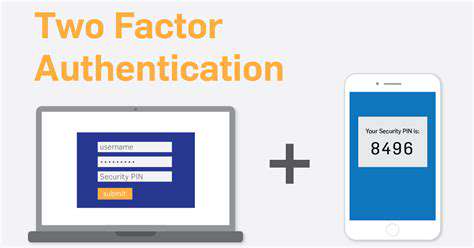
Beyond the Password: Enhancing Security Through Multi-Factor Authentication
Multi-factor authentication (MFA) is a crucial step in modern security practices. It goes beyond relying solely on passwords, which are often vulnerable to breaches and cracking. By incorporating multiple layers of verification, MFA significantly strengthens security protocols, making it much harder for unauthorized individuals to access sensitive information. This approach adds an extra layer of protection, ensuring that even if a password is compromised, access remains restricted.
Implementing MFA Across Various Platforms
Implementing MFA isn't limited to just online banking or email accounts. Modern applications, from cloud storage to social media, are increasingly integrating MFA as a standard security feature. This widespread adoption reflects a growing recognition of the importance of robust security measures in safeguarding personal and sensitive data. Integrating MFA across various platforms demonstrates a commitment to user safety and data protection.
The Importance of User Education
While MFA enhances security, user education plays a vital role in its effectiveness. Users need clear instructions and guidance on how to set up and utilize MFA effectively. This includes understanding the different types of authentication methods available, such as SMS codes, authenticator apps, and biometric scans. Thorough training ensures that users can utilize MFA protocols correctly, maximizing their benefits and preventing potential security issues.
MFA and the Future of Cybersecurity
The future of cybersecurity is intricately linked to the continued evolution and implementation of MFA. As cyber threats become more sophisticated, the need for robust multi-layered security measures like MFA will only increase. Organizations and individuals must adapt and embrace these advancements in security to protect themselves from potential breaches. The incorporation of AI-powered MFA systems will likely play a key role in this future.
Types of MFA and Their Strengths
Various types of MFA exist, each with its own strengths and weaknesses. SMS-based verification is a common method, but it relies on phone network infrastructure, which can be vulnerable to disruptions. Authenticator apps offer a more secure alternative by generating time-based codes. Biometric authentication, such as fingerprint or facial recognition, provides a high level of security by leveraging unique physical traits. Choosing the right MFA method depends on specific needs and security priorities.
Beyond Technical Implementation: The Human Element
Ultimately, implementing MFA successfully requires a combination of technical expertise and a focus on user experience. Security awareness training should be integrated alongside the technical implementation of MFA to educate users on best practices. This includes recognizing phishing attempts and suspicious activities. Regular reviews and updates to security protocols are essential for adapting to evolving threats.
The Multifaceted Benefits of Implementing 2FA
Enhanced Security Posture
Implementing two-factor authentication (2FA) significantly strengthens your security posture by adding an extra layer of protection beyond a simple password. This second form of verification, often a code sent to your phone or a unique token, makes it exponentially harder for unauthorized individuals to access your accounts, even if they have somehow acquired your password. This added layer of security is crucial in today's digital landscape, where cyber threats are constantly evolving and sophisticated attacks are becoming more prevalent.
Reduced Risk of Account Compromise
The primary benefit of 2FA is a substantial reduction in the risk of account compromise. Even if a malicious actor manages to obtain your password, they still need to bypass the second authentication factor. This significantly limits their ability to access your accounts, safeguarding your sensitive information and preventing unauthorized access to your data. This protection applies to everything from online banking and email accounts to social media platforms and personal data storage.
Improved Data Protection
Beyond individual accounts, 2FA safeguards sensitive data stored in various online services. Protecting your data from unauthorized access is paramount in today's interconnected world. 2FA acts as a critical defense mechanism, preventing data breaches and safeguarding your personal information from falling into the wrong hands. Implementing 2FA across your digital ecosystem protects your financial records, personal contacts, and other sensitive information from potential threats.
Increased User Trust and Confidence
Implementing 2FA fosters a sense of trust and confidence among users. Knowing that their accounts are protected by an additional layer of security instills a greater sense of peace of mind. This enhanced user experience translates into greater user adoption and loyalty, strengthening the overall security posture of the organization or platform. Users are more likely to engage with services that prioritize their security and demonstrate a commitment to protecting their data.
Compliance with Security Standards
Many regulatory and industry standards mandate the use of strong authentication measures, including 2FA. Implementing 2FA demonstrates a commitment to compliance, ensuring that your organization or platform adheres to relevant security guidelines. This compliance not only avoids potential penalties and legal issues but also enhances your reputation and demonstrates a dedication to safeguarding user data. Meeting these standards is essential for maintaining credibility and trust within your industry.
Accessibility and User Friendliness
Modern 2FA methods are designed to be accessible and user-friendly, minimizing the friction associated with implementing additional security measures. Most 2FA solutions integrate seamlessly with existing platforms, offering a smooth and convenient user experience. The ease of use is a key factor in encouraging widespread adoption and ensuring that security measures don't create unnecessary barriers for users. This seamless integration keeps the user experience positive and efficient.
Cost-Effectiveness of Security
While initial setup costs may exist for implementing 2FA, the long-term benefits often outweigh the investment. The reduced risk of costly data breaches, account compromises, and associated legal issues can significantly lower overall costs. Proactive security measures like 2FA can be more cost-effective in the long run than the expenses incurred from dealing with the fallout of a security incident. This makes 2FA a sound investment in the overall security and health of your systems and data.
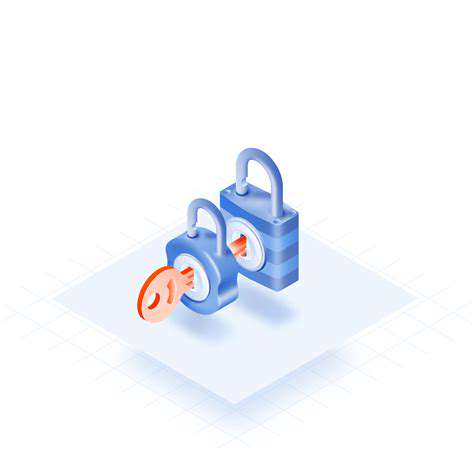
Beyond Personal Accounts: Protecting Your Business with 2FA

Protecting Vulnerable Populations: A Multifaceted Approach
Protecting vulnerable populations requires a multifaceted approach that goes beyond simply acknowledging their needs. It necessitates a deep understanding of the specific challenges and vulnerabilities faced by these groups, recognizing that each population has unique characteristics and experiences. This understanding is crucial for tailoring interventions and support systems that are truly effective and impactful. Further, a commitment to collaboration among various stakeholders, including government agencies, non-profit organizations, and community leaders, is essential for creating a supportive and protective environment.
Implementing effective policies and programs necessitates thorough research and data collection to identify the specific issues affecting vulnerable groups. This data can then be used to inform the development of targeted interventions that meet the unique needs of each specific population. This data-driven approach is essential for ensuring that resources are allocated effectively and that programs are as impactful as possible.
The Role of Advocacy and Awareness
Advocacy plays a critical role in ensuring that the voices of vulnerable populations are heard and their needs are addressed. Advocates act as a critical bridge between these groups and policymakers, ensuring their needs are considered in the development of policies and programs. This includes raising public awareness about the challenges faced by vulnerable populations, fostering empathy and understanding, and empowering them to advocate for themselves.
Raising awareness is a vital component of fostering a supportive environment. When the public understands the needs and struggles of vulnerable populations, there is a greater likelihood of support and intervention.
Addressing Systemic Issues: A Holistic View
Addressing the systemic issues that contribute to vulnerability is crucial for creating lasting change. These issues often include poverty, lack of access to education and healthcare, discrimination, and social exclusion. Tackling these systemic problems requires a comprehensive and multi-pronged approach, encompassing policy changes, community development initiatives, and targeted interventions.
Economic Empowerment and Opportunity
Economic empowerment is a key element in protecting vulnerable populations. Programs that provide access to education, job training, and micro-loans can greatly enhance their economic stability and independence. This approach not only improves their immediate circumstances but also empowers them to become active participants in their communities.
Healthcare Access and Quality
Ensuring equitable access to quality healthcare is paramount for protecting vulnerable populations. This includes removing barriers to care, such as financial constraints and geographical limitations, and addressing health disparities that often affect marginalized groups. Providing culturally competent healthcare services is essential to ensure that these populations feel respected and understood.
Addressing the health disparities faced by vulnerable groups requires a deep understanding of their unique needs and experiences. This includes factors like language barriers, cultural differences, and lack of trust in the healthcare system.
Education and Skill Development
Providing access to quality education and skill-building opportunities is crucial for empowering vulnerable populations and breaking cycles of poverty. This includes early childhood education programs, vocational training, and literacy initiatives. These programs not only equip individuals with essential life skills but also increase their opportunities for employment and economic independence.
Community-Based Support Systems
Strong community-based support systems are vital for providing a safety net and fostering a sense of belonging for vulnerable populations. This includes community centers, support groups, and other initiatives that connect individuals with resources and foster social connections. These systems can be particularly effective in providing ongoing support and guidance.
Building trust and fostering a sense of community is a cornerstone of successful support systems. This requires active engagement with the community, understanding their local needs, and building partnerships that foster a sense of shared responsibility.
Read more about The Importance of Two Factor Authentication
Hot Recommendations
- Review: The New [Specific Brand] Smart Lock Is It Secure?
- Best Budget Studio Monitors for Music Production
- Top Flight Simulation Peripherals (Joysticks, Throttles, etc.)
- Top Portable Scanners for Document Management On the Go
- Reviewing the Latest Smart Air Purifiers for Your Home
- Best Portable Photo Printers for Travelers and Memory Keepers
- The Future of Personal Transportation Beyond Cars (Hyperloop, eVTOL)
- Top Network Monitoring Tools [Free & Paid Options]
- Understanding the Tech Behind mRNA Vaccines [A Look Inside]
- Guide to Choosing the Right Gaming Chair for Ergonomics
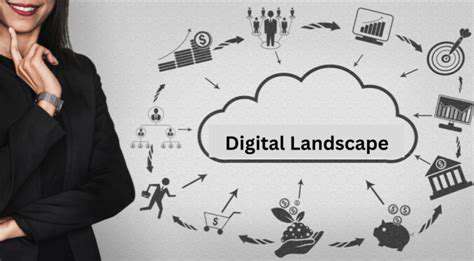




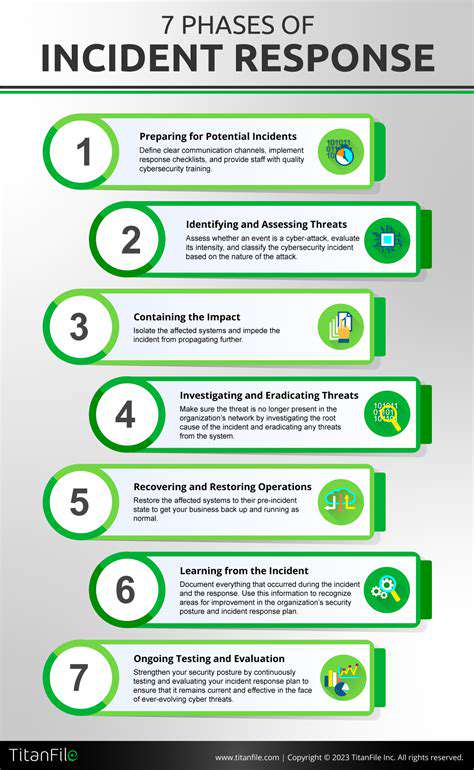

![Best Gaming PCs You Can Buy Right Now [2025]](/static/images/25/2025-06/KeyComponentsDriving2025Performance.jpg)
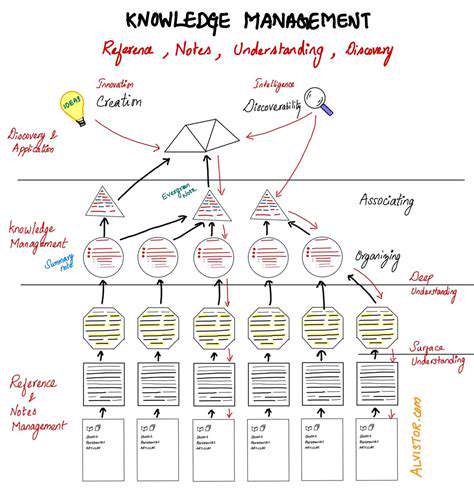

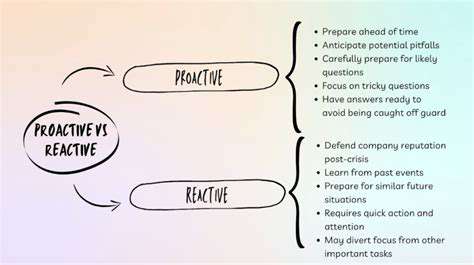
![Understanding the Tech Behind mRNA Vaccines [A Look Inside]](/static/images/25/2025-07/SafetyandEfficacyofmRNAVaccines3AADeeperLook.jpg)